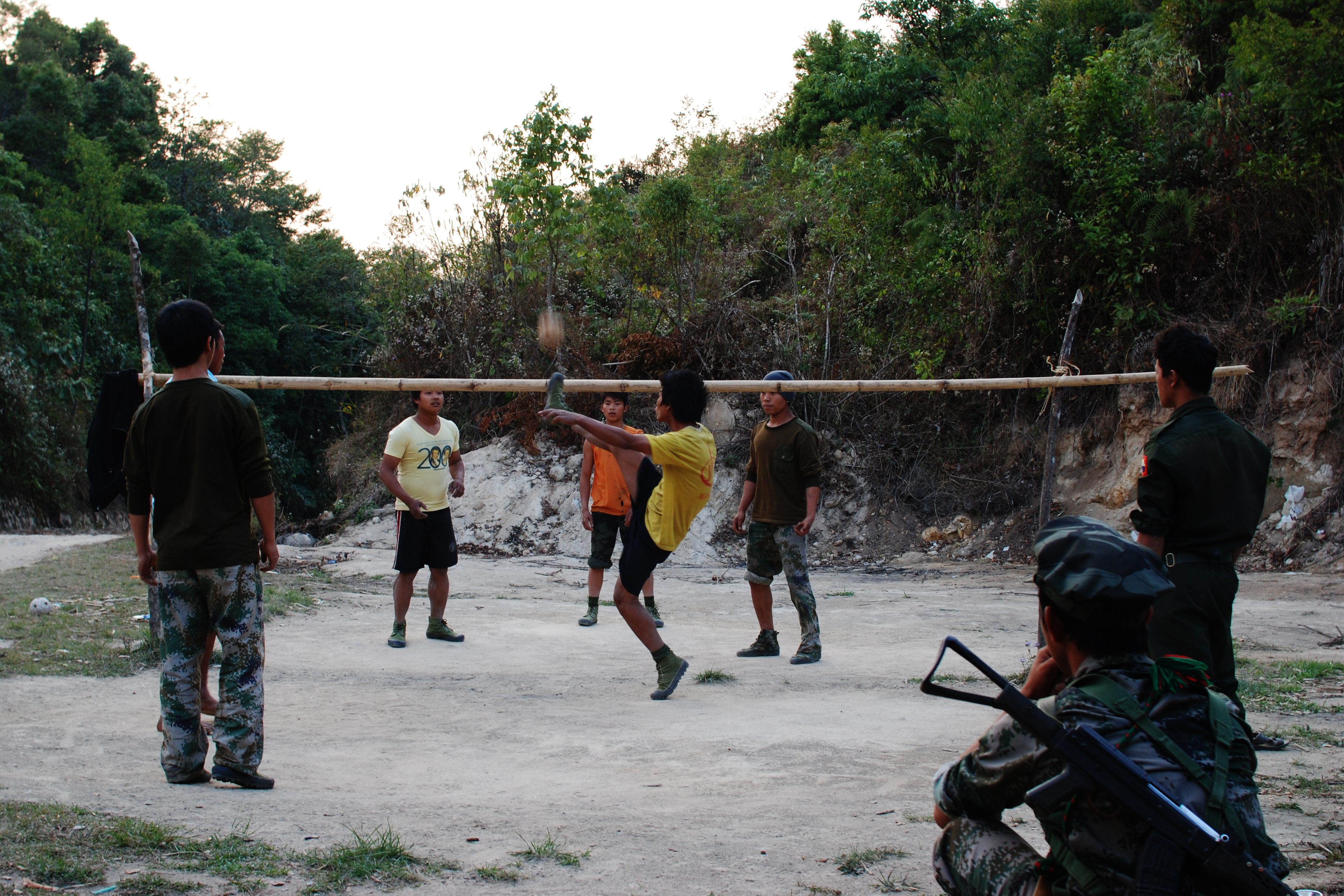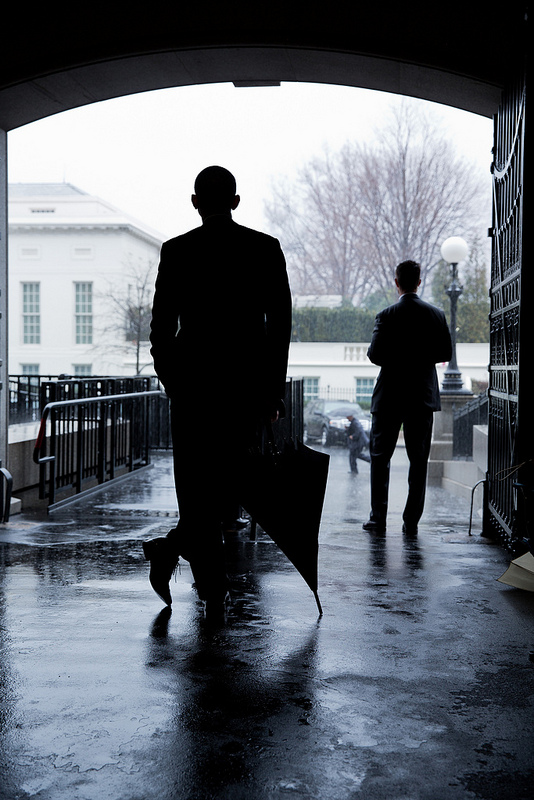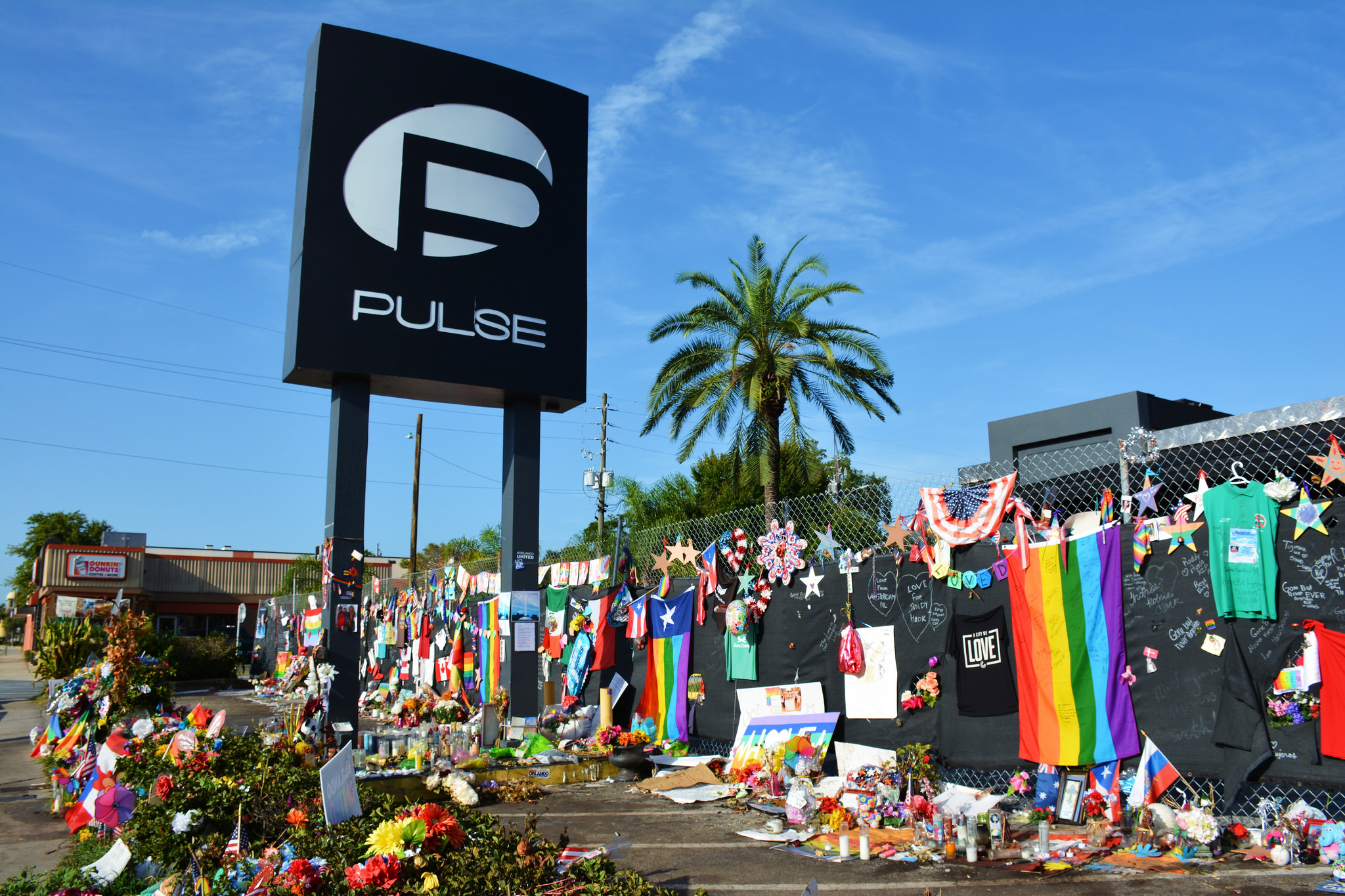Last night, the Pakistani Taliban (otherwise known as Tehrik-i-Taliban Pakistan, or TTP) allegedly staged a bloody attack on Jinnah International Airport in Karachi. Shahidullah Shahid, TTP’s spokesman, told Agence France-Press that the group launched the attack in revenge for the Pakistani government’s November 2013 killing of TTP leader Hakimullah Mehsud. He also claimed the group intended to send a “message” to the Pakistani government that the TTP would continue to “react” to government killings of civilians in Pakistani villages. The New York Times notes that in spite of Shahid’s promise that such attacks will continue, he also insists that the TTP is still committed to pursuing peace talks with the Pakistani government.
Here are a few scholarly references that can provide some insight into attacks like this:
- The TTP is a loose umbrella group of over a dozen militant groups largely concentrated in the FATA region of Pakistan. Its primary target is the Pakistani government, although it has occasionally claimed responsibility for attacks elsewhere. A Pakistani official claims that at least some of the attackers were Uzbeks. This could indicate some cooperation with the Islamic Movement of Uzbekistan, a frequent collaborator with TTP. As work by Victor Asal and Karl Rethemeyer and Phil Potter and Michael Horowitz suggests, militant organizations with a high number of connections are particularly lethal because of their access to a higher number of organizational expertise, resources, and technology.
- The US government has a hard time tracking which groups are affiliated with the TTP and which ones are not due the confederation’s loose organization, as well as side-switching. For scholarly perspectives on side-switching and alliance formation among rebel entities, see Fotini Christia’s excellent book on the topic. Christia’s essential argument is that rebel groups’ alliance patterns are mainly motivated by shifts in the balance of power among different rebel groupings. Since this balance is constantly shifting, fragmentation is a chronic condition of civil conflicts. In his new book, Paul Staniland also suggests that the most coherent rebel groups are the most effective at war-fighting and the most credible negotiators. Perhaps TTP is attempting to signal its cohesion through a highly-coordinated attack. Or perhaps TTP is attempting to generate movement cohesion by conducting this attack. This is because…
- Violent attacks like this rarely succeed in achieving their overall goals (e.g. overtaking the Pakistani government). However, they are often effective in achieving process goals, such as increased media attention and notoriety, outbidding other competitor groups, and renewing movement cohesion. And the TTP might be especially interested in cohering, since…
- The TTP has a relatively new leader. A forthcoming paper by Max Abrahms and Phil Potter suggests that leadership vacuums, such as those possibly created by the assassination of Hakimullah Mehsud, provide opportunities for hardliners to jockey for leadership roles. This creates incentives for more aggressive and indiscriminate behavior, while also creating incentives for newly installed leaders to demonstrate their commitment and resolve to internal rivals. Launching spectacular attacks are one way such groups go about this. Paradoxically, groups emerging from a recent loss of leadership are likely to engage in particularly deadly attacks as the movement’s internal strife gets sorted out.






0 comments
Correction: The TTP has also carried out such spectacular attacks even when there was no leadership crisis or vacuum per se. So that is a poor predictor of its behavior. We still don’t have a good generalizable answer. To argue that coherent groups are the most effective at fighting, a la Staniland, is to define away the problem. Well, of course, the more cohesive the group, the more likely it it to carry out successful attacks. If the balance of power is always in flux, why are the Afghan Taliban relatively coherent? Ideological commitment? state backing from Pakistan?
Perhaps it’s a loose coalition of competent, coherent entities.
Reblogged this on Zuri Linetsky and commented:
This is a great set of papers and books that shed more light on insurgent groups, their operations, capabilities, and choice making, and how these ideas apply in the Af-Pak area. Political Violence@aGlance is a great resource.
Dear Jason,
My book is actually about the roots and evolution of insurgent cohesion, and includes discussions of ideology, external backing, etc. Chapter 5 explores the Afghan Taliban specifically.